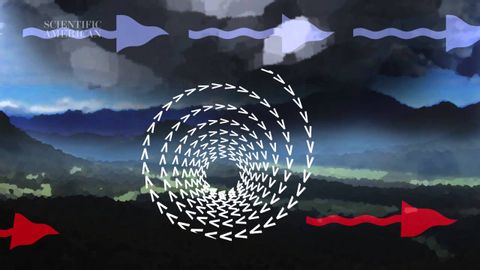
Subtitles & vocabulary
How Do Tornadoes Form? - Instant Egghead #37
00
rcnwxiqtnqj posted on 2017/05/11Save
Video vocabulary
massive
US /ˈmæsɪv/
・
UK /ˈmæsɪv/
- Adjective
- Very big; large; too big
- Large or imposing in scale or scope.
B1
More extreme
US /ɪkˈstrim/
・
UK /ɪk'stri:m/
- Adjective
- Very great in degree
- Farthest from a center
- Noun
- Effort that is thought more than is necessary
- The furthest point or limit of something.
B1
More instant
US /ˈɪnstənt/
・
UK /ˈɪnstənt/
- Adjective
- (Food) requiring very little preparation
- Occurring immediately
- Noun
- A very short period of time
A2TOEIC
More continent
US /ˈkɑntənənt/
・
UK /ˈkɒntɪnənt/
- Noun (Countable/Uncountable)
- Very large piece of land, e.g. Africa or Asia
- Adjective
- Able to control excretory functions (bowel and bladder).
B1
More Use Energy
Unlock All Vocabulary
Unlock pronunciation, explanations, and filters
